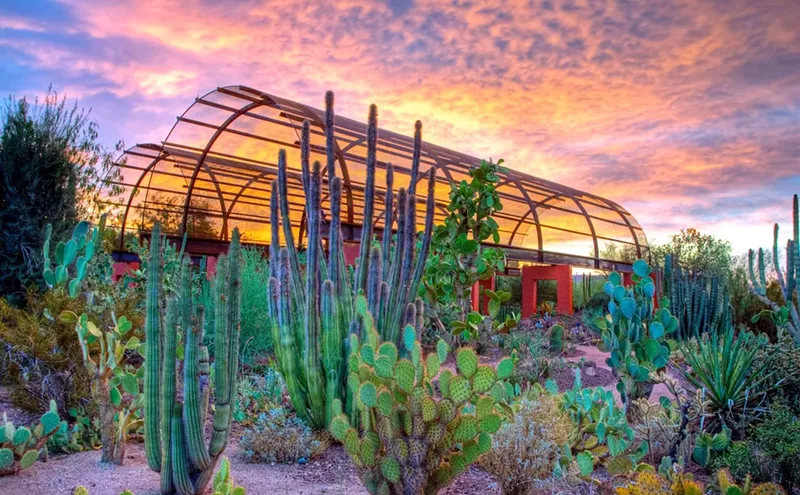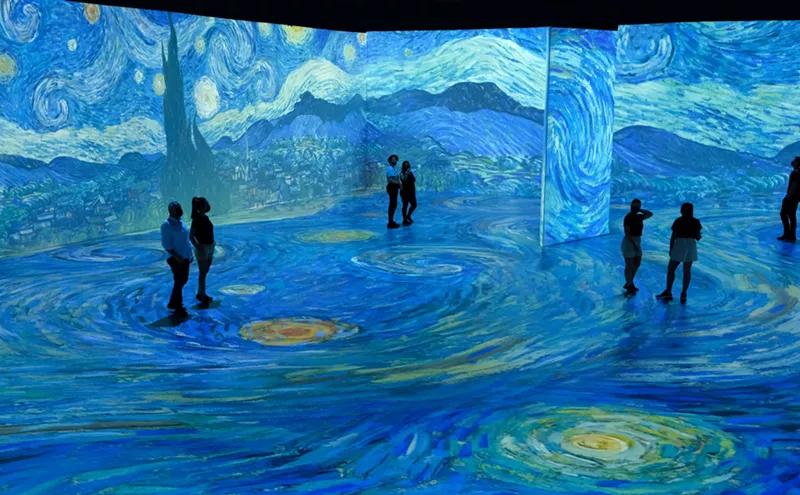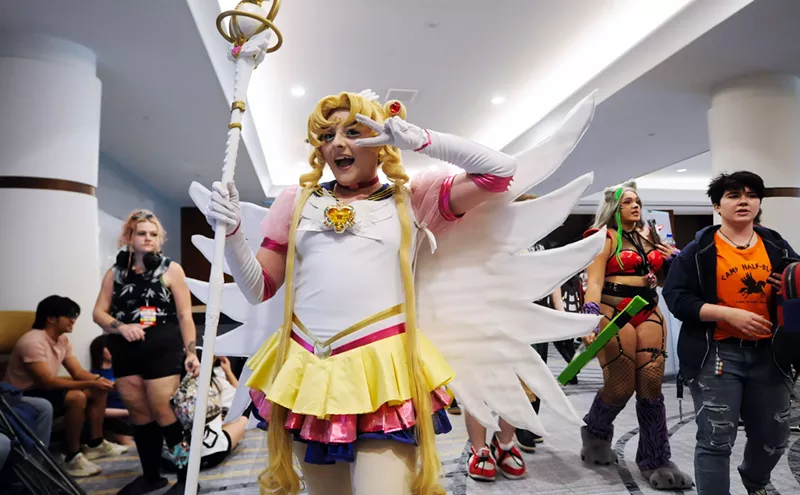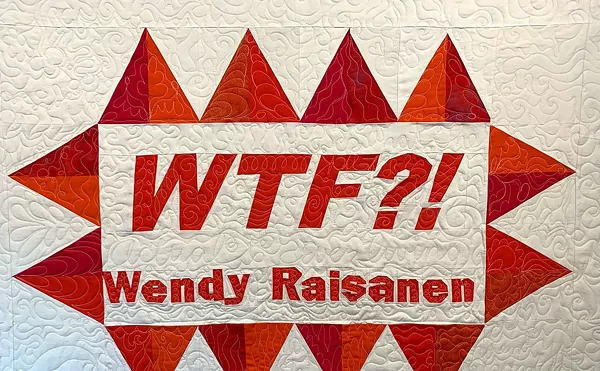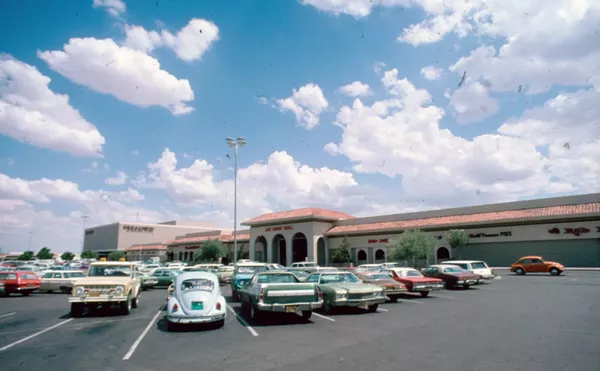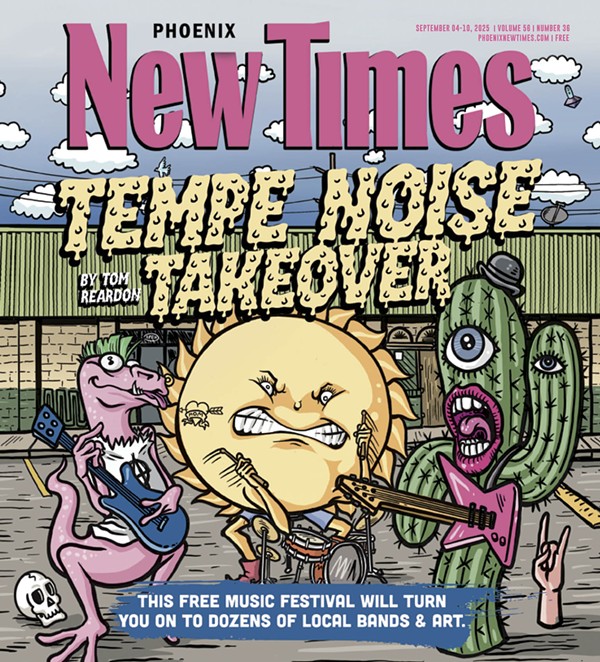Another nice old building was coming down.
That's what I thought when I noticed that the Park Lee Apartments were fenced off late last year. I started driving up 15th Avenue more often, certain that opportunities to admire the stately brick colonial-style buildings were limited; that any day now, I'd see a wrecking crew parked on one of the concrete paths, among the palms, pines, Chinese elms, and olive trees planted there in the '50s. This is Phoenix, after all — the teardown capital of the world.
This time, I was mistaken. Rather than doomed to be bulldozed, this large, lovely old housing community has been reclaimed by the city, and is being reborn, not torn down or obliterated by a modern facelift.
"We're not just rehabbing the complex," Kim Dorney, Phoenix Housing Department director, told me. "We're preserving the occupancy there, too. We're relocating existing residents while we renovate and repair their units, then moving them back home. We've already got 40 households set up in the rehabbed part of the complex."
And what a complex it is. Spread out over 32 acres, the Park Lee was originally intended for the East Valley, at Thomas Road and 32nd Street, by developers Samuel G. and Jerry Bialac in 1953. The Bialacs were planning to wow locals with the state's largest housing project, a 1,500-unit development with its own shopping center and man-made lake. When they couldn't scare up the money, the project was relocated to lots at Camelback Road near 17th Avenue, and the plans were redrawn for 523 units. The lake was downsized to a brook that ran along 34 multifamily structures, a tennis court, and an English garden.
More than 50 years later, the Park Lee had, like so many other properties in the area, fallen on hard times. Ninety percent of the units were vacant; squatters had moved in, and so had drug dealers. When the complex went into foreclosure, the city of Phoenix bought the development for a song — $5.2 million for all those lovely, red brick buildings scattered throughout the huge, rambling property — and most folks figured the Park Lee would soon be a parking lot.
"There was some early talk about patching it together and then tearing it down," Dorney says. Instead, the city dumped $5 million into rehabbing the colossal development.
So what saved the Park Lee? In the end, it was the crappy economy and the development's possible pedigree that rescued it from being leveled. These days, it's less expensive for the city to acquire and rehab old properties than to rip them down and build anew. But I like to think the rumor that the Park Lee is a Ralph Haver design has more to do with its salvation. As Haver's work becomes more widely lauded, properties that might even possibly be his have a better chance of surviving.
And so the city plans to rehab the Park Lee, turning it into affordable housing again with funds from the Housing and Economic Recovery Act of 2008 which, through its Neighborhood Stabilization Program, awarded nearly $40 million to clean up local neighborhoods by eliminating blight. HERA requires that, of the 523 units, more than half must be rented to families with a lower-than-median income.
Haver, a big fan of mixed-use facilities, would have been pleased. But the jury's out on whether Haver was even involved in the Park Lee after its initial, early design. The wrought-iron columns and New Orleans-style touches don't exactly scream "Haver!" and it's been suggested that Haver, as he so often did, dropped out of the project early on. Renderings of the Park Lee published in 1953 were done by architect Nathan Hirsch of Allen Shaw Associates, but the extent of the involvement by either Hirsch or Haver after the project was moved to the west side is hard to pin down. The asshole in me hopes that it turns out that the city bought a nice old property that design snobs might not consider architecturally significant. Either way, the Park Lee, a Valley favorite, has been spared.
Dorney doesn't seem all that concerned about who's responsible for the complex. "Regardless of who designed the Park Lee," she says, "people recognize this property. It's a landmark in the community, and everyone either says they lived there once or they knew someone who did. It's just one of those places that is Phoenix."


